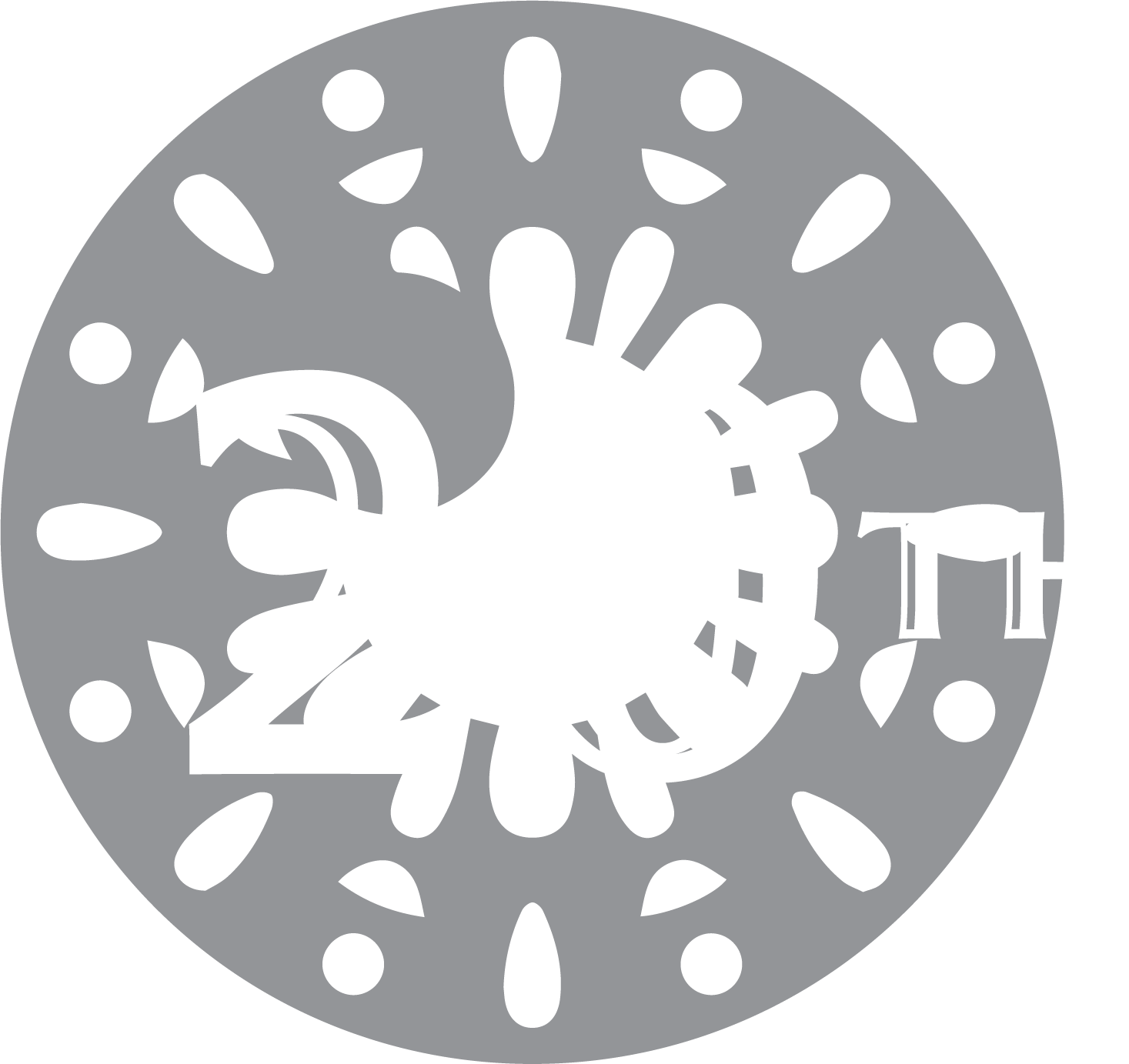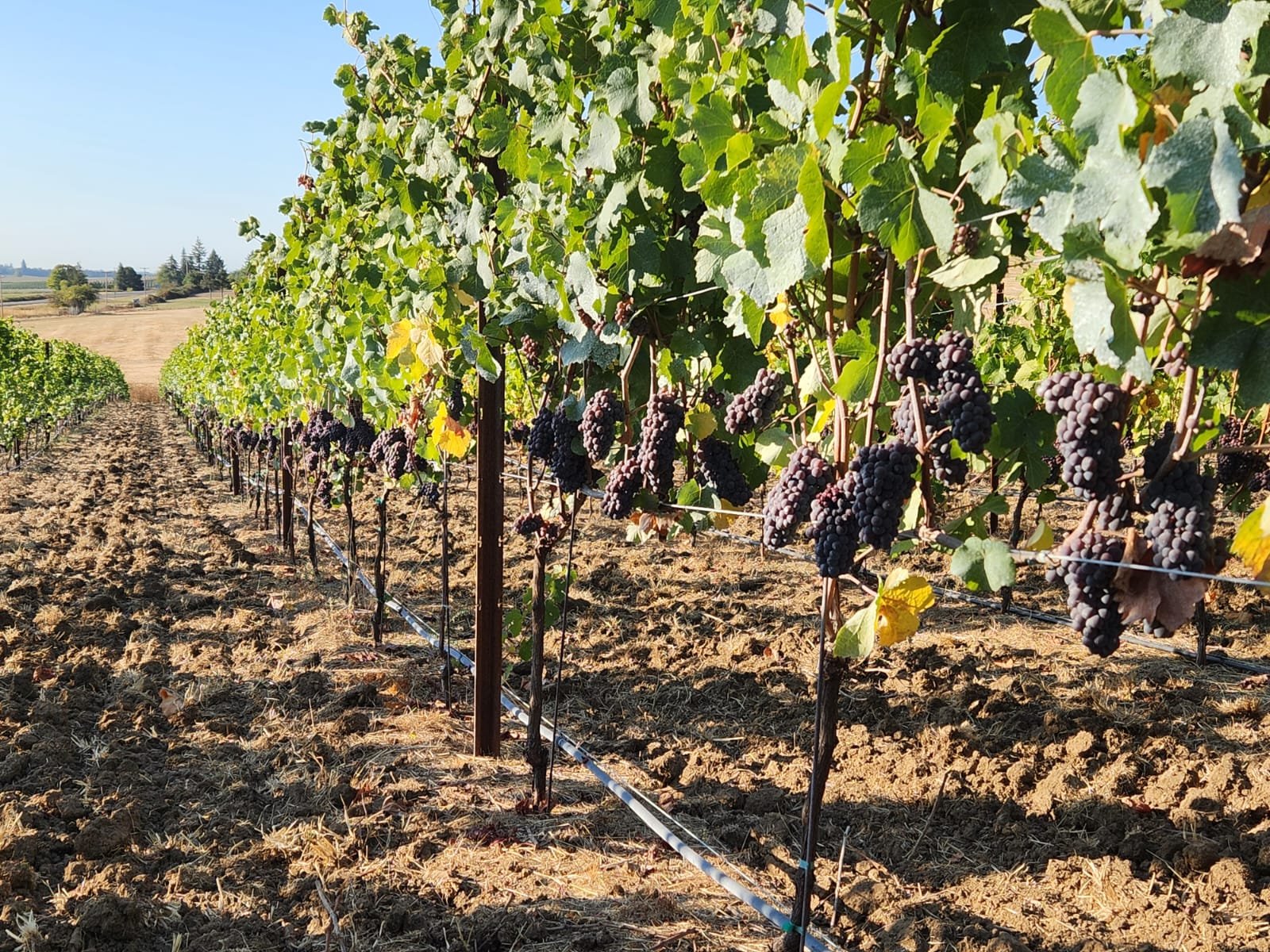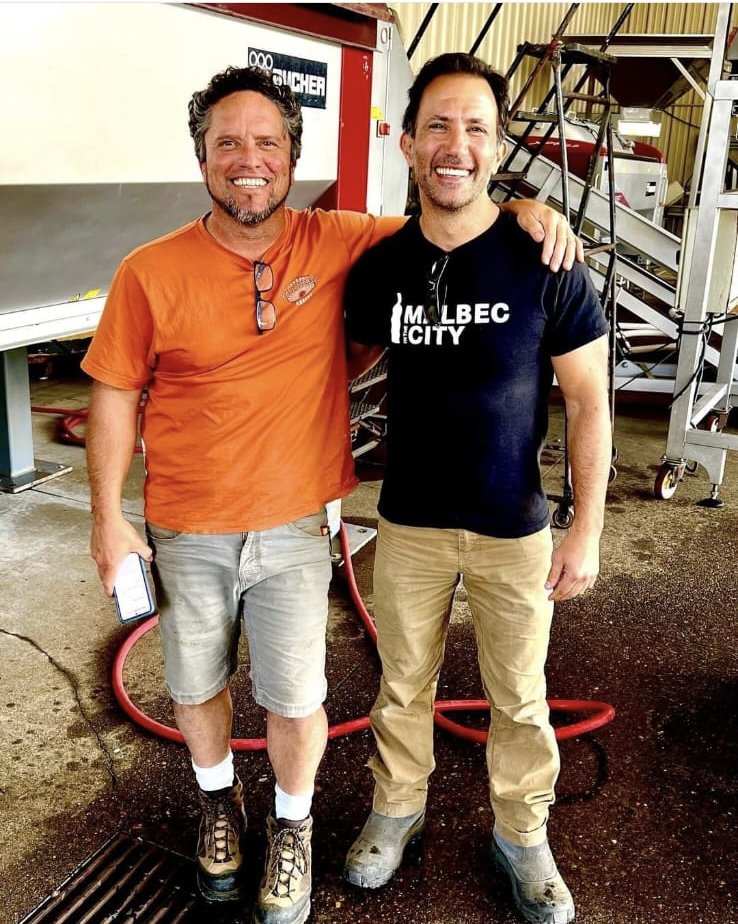Ask the Winemaker: 1st day of Harvest 2023
To commemorate the first day of the 2023 vintage we stopped into the winery to check in with winegrower and winemaker Joe Wright. This year will be Joe’s 28th harvest in the Willamette Valley. His first vintage was at Willamette Valley Vineyards in 1996 and he went on from there to start his own winery, Belle Vallé. Joe made a full transition over here to Left Coast in 2011 and he’s been here ever since.
Taylor: Alright Joe, so can you tell us about your background, who you are and where you come from?
Joe: Ohhh, we’re doing this (chuckles)?
Taylor: We are, yea it’s for the newsletter (also laughs).
Joe: So I grew up in Burbank in the LA area. After high school I started working for California Land Management and was placed up in the high Sierras. I was working with the hydro dam tenders and was going down that path, being in the mountains working water. My last year in the high Sierras I met Suzanne, my wife to be. She was working at a little resort running PCT hikers across Florence Lake, so pretty cool chick. We went on a road trip and in the middle of the trip our truck broke down in Glenwood Springs, Colorado.
Taylor: So how did that lead to wine?
Joe: I needed money to fix the truck so I got a job in a wine shop, selling fine wine to the Snowmass, Aspen and Roaring Fork Valley crowd. Working on the retail side, I got to taste the whole world of wine. The owner, Bob, sent me off to the Aspen Food and Wine Fest and I met a bunch of Oregonians from the Oregon Wine Advisory Board. Being able to sit there and listen and learn and taste and eat and the camaraderie that came with all of that was rad. I was just really intrigued by the Willamette Valley Pinot Noir scene. Less than 6 months thereafter, we packed it up and moved out to Oregon. I actually took that pamphlet I had been given at the seminar and I still have it today. Just started cold calling wineries, asking them if they needed work. In February of 1996 I took my first job at Willamette Valley Vineyards.
The Crew harvesting Pinot Noir and Pinot Gris in the Homestead Block
Taylor: What was your first experience with Left Coast?
Joe: I started a winery with a couple of guys called Belle Vallé and we sourced fruit from throughout the Willamette Valley. I was introduced to Left Coast in 2007 started to fall in love with the wines that we sourced from the property. I consulted winemaking at Left Coast in 2010 and we tossed around the idea of just having me make the wines full time. Ultimately in July of 2011 I made a full transition over here to Left Coast and I’ve been here ever since.
Taylor: What was your first impression when you came to Left Coast?
Joe: You can’t really grasp the enormity of the project and the diversity of one estate geologically speaking. Just how much green space there is intermixed between a massive monoculture of vines. The intermingling of natural spaces with world class Pinot Noir in the midst of it all.
Taylor: What’s your favorite thing about the estate?
Joe: The terrain. It feels good (chuckles). It’s where I belong, I couldn’t imagine not being in a place like this or similar to to it.
Pinot Gris hanging pretty
Taylor: It’s the first day of the 2023 harvest, how are you feeling about this vintage?
Joe: I’m nervous, but I’m always nervous this time of year. Ya know? We’ve spent 6 months since bud break growing these grapes. We’ve invested a lot of time, energy and money into this and it all hinges on the last 2-3 weeks. It’s not us, we’re prepared. We have the people, we have the knowledge and the tools to follow through, but mother nature in the Willamette Valley is just unpredictable.
Taylor: We’ve got some significant rain in the forecast for the weekend and into next week, how do you feel about that?
Joe: If todays current weather (75 degrees and sunny) held for another 14 days it would be the vintage of the decade and it still could be, however we’re facing 5-6 days of rain. The other end of that looks okay, but we don’t know. The weather is so volatile this time of year. We’ll see, we’ve got a beautiful crop sitting out here right now and I do want some rain. I think it’ll really accelerate the ripening, if on the back end of it, we have the sunshine and the warmth. At this point in the season we just need dry days and cool nights. The fruit ripens when the nights get down into the high 30s, low 40s. That has an equal effect on flavor development to an 80 degree and sunny day. It's the two together. Smashed together, that softens the fruit and gets the flavors to emerge.
Joe’s son, Micheal, got to miss the morning session of school to participate in his first harvest by picking some Pinot Noir. He picked 10 buckets.
Taylor: What’s unique about making wine in the Willamette Valley?
Joe: So many things, what do want to focus on? That’s like a book.
Taylor: Yeah, we’ve got the rain coming so how about vintage variability?
Joe: Yeah, in my 28 years in the Willamette Valley I haven’t experienced one vintage like another. So we’ve got a lot of things working with us, a lot of things working against us. As a result, you can define that by making wines that walk a tightrope. They teeter and balance on success and failure. I find that those regions, they exist all over the world, produce some of the most complex and interesting wines. I embrace that. It’s nice that we can make wines that are indicative of the vintage and what mother nature has given to us. You can’t bend the will of a grape into the wine that you want it to be. Just embracing the vintage and allowing a cooler, rainier vintage to be a lighter more elegant style is awesome and so is a hot summer that produces rich, round, bold Pinot Noirs. I think that’s cool too. Those are two extremes. In 28 years the cool thing about making wine in the Willamette Valley is that we’ve seen those extremes and everything in between. You can’t get complacent, you have to be able to recognize the nuances of every vintage in order to be successful.
Taylor: Tell us about this year’s crop of harvest interns?
Joe: Ohh yeah. We’ve got a strong, strong team. We’ve got a new Cellar Hand, Ken Cook, who was the winemaker at Cherry Hill for 15 years. He tried retiring and got bored, he just rolled in one day and we started talking. We’ve got a guy named Eric Foster who worked at Dukes Family Vineyard and Keeler, strong background and really into environmental science. We’ve got Melissa Gross who happens to live in New Zealand and has 3 (previous) harvests under her belt and manages a bottling facility. Lastly, we’ve got JP Valot who I worked with 22 years ago at Willamette Valley Vineyards. He came from Argentina and didn’t speak any English, but had that universal language of hard work, good times and a few beers. He’s made wine at Hinman and Silvan Ridge the past 15 years and has taken on his own project, Valcan Wines, while helping me out on the side. Just a wealth of experience.
Joe and Jean Pablo Valot reunited in harvest for the first time since 2001.
Taylor: Are wines made or grown?
Joe: Ha, yeah you can’t have one without the other. I’ve gone back and forth. Early on in my career we made wines. I’ve had this great opportunity here at Left Coast to grow wines. Then I took this completely alternate stance that wines are grown. In order to have a wine that is truly transparent and inherit of the vintage, you have to start with great grapes and you have to respect them.
Taylor: Is a connection to sense of place important for wines?
Joe: Yeah, it is. Ya know, I don’t know that everyone gets to do that though. I think it really takes a special vineyard to have that connection with the finished product. The best wines that I’ve encountered in my life throughout the world are wines made from the best vineyards. A lot people ask me ‘What are your favorite wineries?’ I have a really hard time rattling them off, because the first thing I think of are my favorite vineyards. Most people are good winemakers, but most vineyards aren’t special. Left Coast is a good vineyard (chuckles).
Taylor: What’s unique about the terrior of Left Coast?
Joe: I think we have a lot of micro terriors here. The uniqueness is that we are grown on ancient seabed, marine sedimentary soil. It makes very distinct, unique wines, there’s a lot of potassium in the soil. There’s definitely an inherit flavor profile that goes along with it. We are right smack dab in the middle of the Van Duzer Corridor, a natural break in the coastal range to our west that allows for marine influences to come into the Willamette Valley. While it does influence the entire valley, our proximity to it makes a measurable impact. We see much more peaks and valleys in terms of temperature and wind effect. We have a lot of wind drying out our fruit. These are two huge impacts that our location has on our wine.
JP and Ben moving some Pinot Noir
Taylor: Which Left Coast wine are you currently most excited about?
Joe: Haha, that’s a good question. I know this is cliché, but it’s why I love my job so much because we get to do it over again every year. It’s just trying to build on top of the building blocks of every past vintage to make better, more transparent wine. Whether it’s single vineyard Pinot Noir or a clean crisp White Pinot Noir. Every wine has a time and a place. To have one singular wine that I’m excited about would just take away from everything else. I’m really excited to make our Shindig again this year, I’m really excited to make all of our vineyard designates, our Pinot Gris, our Pinot Blanc, our Viognier, yeah I can’t wait for all of them to come through the door.
Taylor: So what are we picking tomorrow?
Joe: I’ll run the numbers one more time, but we are probably going back to the South Farm for our young Pinot Noir vines. I’m excited to get some more fruit in the door.
White Pinot in the press!
Thank you for reading our Ask the Winemaker interview. Do you have a question you’d like to ask Joe? Let us know and it might be featured in the next edition of Ask the Winemaker.
Left Coast Estate: Embraced by a new generation, inspired by a legacy of stewardship
Left Coast Estate, 4225 N Pacific Hwy 99W, Rickreall, Oregon, United States









